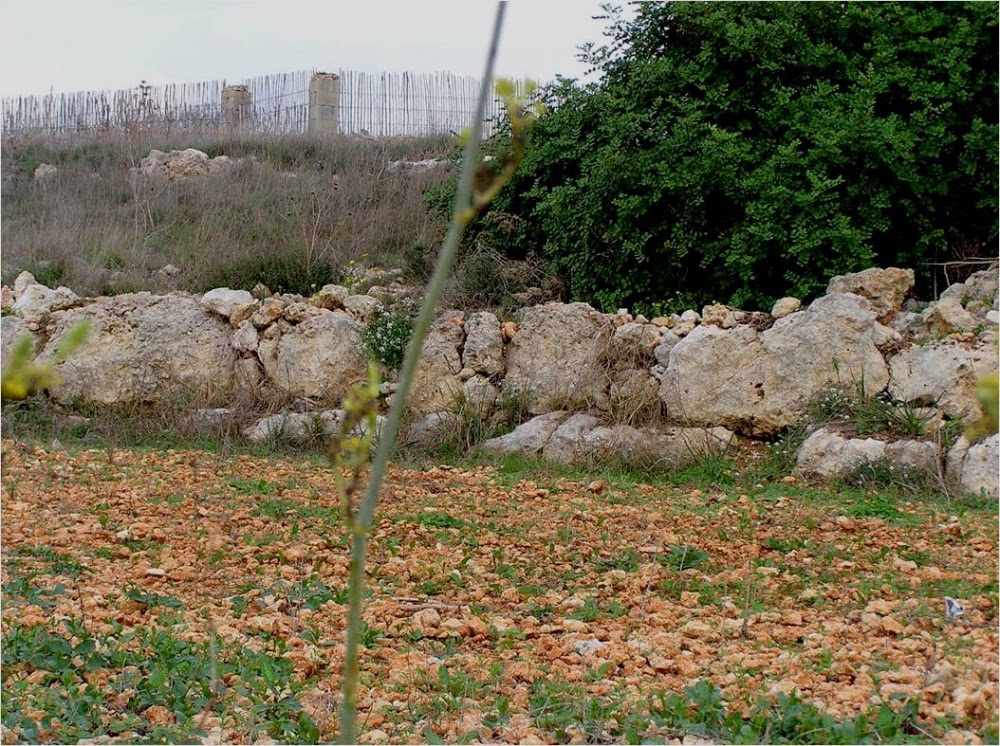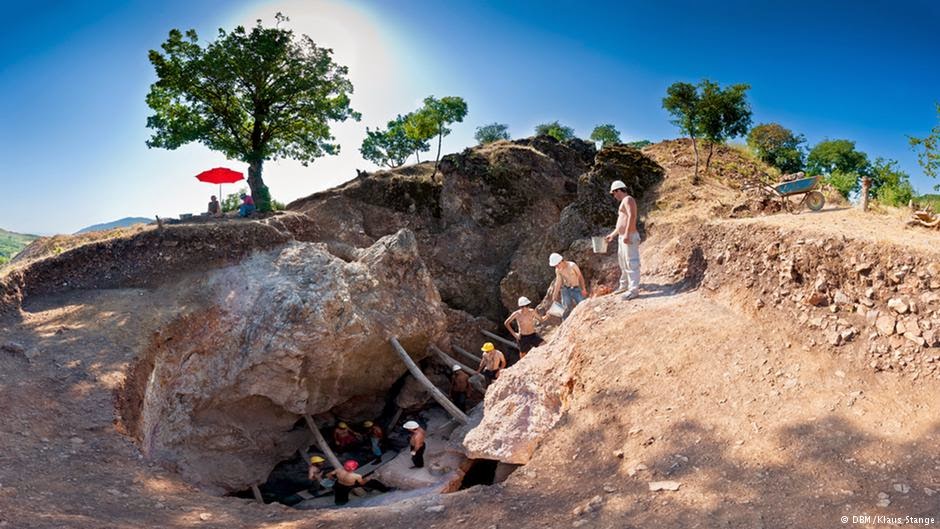Merry Wanderer of the Night [Search results for underground]
Near East: Van’s ancient city in danger of vanishing

September TBR aka I caved to Misty & Allison
[VIDEO Trailer] Real Steel (2011)
![[VIDEO Trailer] Real Steel (2011)](https://blogger.googleusercontent.com/img/b/R29vZ2xl/AVvXsEg9vQE5Xu7VxSSVzg0eeMl3X2FHR2mMobXOzkTlSYokzRmfBssgftLhGNYrPZFEUYicNVfQ8o1xZyoofuEouN7sWh7JiFu3dO7kGUmlWoROygyNWl8W8eG1y3Lz8UXZ9UsVCDvTZG0KAbb-/s1600/Real-Steel.jpg)
The Concrete Romanticism in Lisbon

WG Wrap-up 2011-08: Short and Sweet
Your house trusts Advanced Direct Security
Heritage: Gothic Abbey in Northern Cyprus falling apart

Foster + Partners have reincarnated in Zenith
Near East: Mystery of Antiochus head still unsolved

Malta: 50 new sites in Malta scheduled for protection

Israel: Egyptian artefacts rescued from robbed tomb in Israel

Just Contemporary Week 4 — Contemporary Round-Up
Silly-fun Interview with my awesome co-host Misty!
Rotterdam supermarket
Aqua Tower by Studio Gang

Georgia: Ancient Georgian site pits locals against big business

Steven Holl Architects have connected buildings in a multipurpose hybrid

Multicultural shopping centre in Toronto
The Amazing Adventures of Kavalier and Clay

The Bulldogs (based on an underground comic-book)




